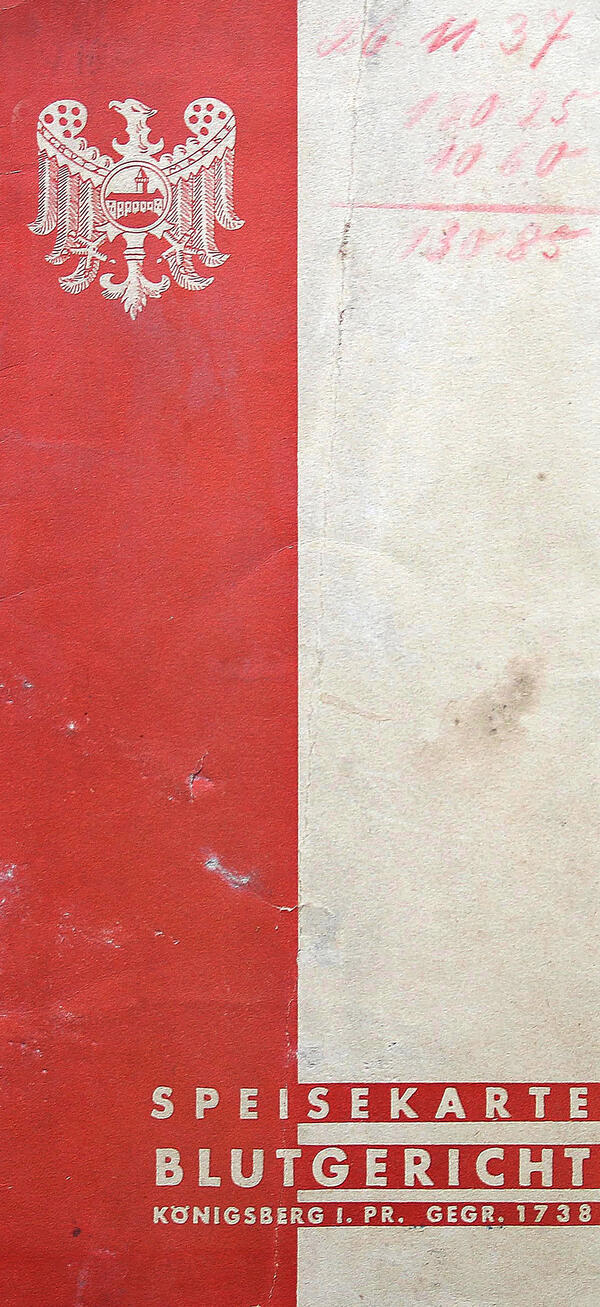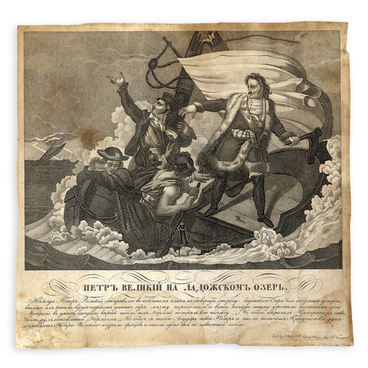The collection of the Kaliningrad Regional Museum of History and Art contains the menu of the famous Königsberg wine restaurant “Blütgericht”, dating back to 1937. Interestingly, the name of the restaurant was of an ambiguous nature. It could refer not only to a medieval court known for its bloody decisions, but also to a dish of rare meat.
The history of the establishment dates back to the first half of the 18th century. It is known that the wine bar was founded in 1738 by the Protestant David Schindelmeisser, a migrant from Salzburg. After his death, his widow Caroline married Johann Christoph Richter in 1806, and together they continued the Schindelmeisser business.
“Blütgericht” was located in the basement of the northern wing of the Royal Castle and did not lose its popularity after the founder’s death: famous writers, musicians and actors visited the bar. In the middle of the 19th century, Wilhelm Balthasar Schindelmeisser, one of the founders of the “Prussia” society for the study of antiquities, became the owner of “Blütgericht”.
At the early stage of its existence — until the early 1870s — “Prussia” encouraged the preservation of various dialectisms and provincialisms peculiar to the eastern province of Germany. This was certainly reflected in the names and assortment of culinary dishes offered in the most famous restaurant in Königsberg, although by the 1930s a significant part of the culinary archaisms ceased to be served.
There are many descriptions of the restaurant’s interior and vintage wines served at noisy feasts in literature on local history, fiction and popular literature, but the dishes on the menu are still not very well known to the public at large. Meanwhile, they are quite interesting, as they reflect to a certain extent the historical, linguistic and everyday realities of East Prussia.
The
guests of “Blütgericht” could try dishes such as “Hohenzollern’s Pot”, lung
goulash with fried eggs, “Bismarck’s herring” in marinade or mackerel in tomato
sauce. The Baltic Sea, numerous rivers and lakes provided excellent fish for
gourmets. Restaurant visitors were offered dishes of Baltic salmon (usually
grilled), sturgeon with croutons, pikeperch, boiled carp with horseradish,
tench and eel in aspic with fried potato pieces.



